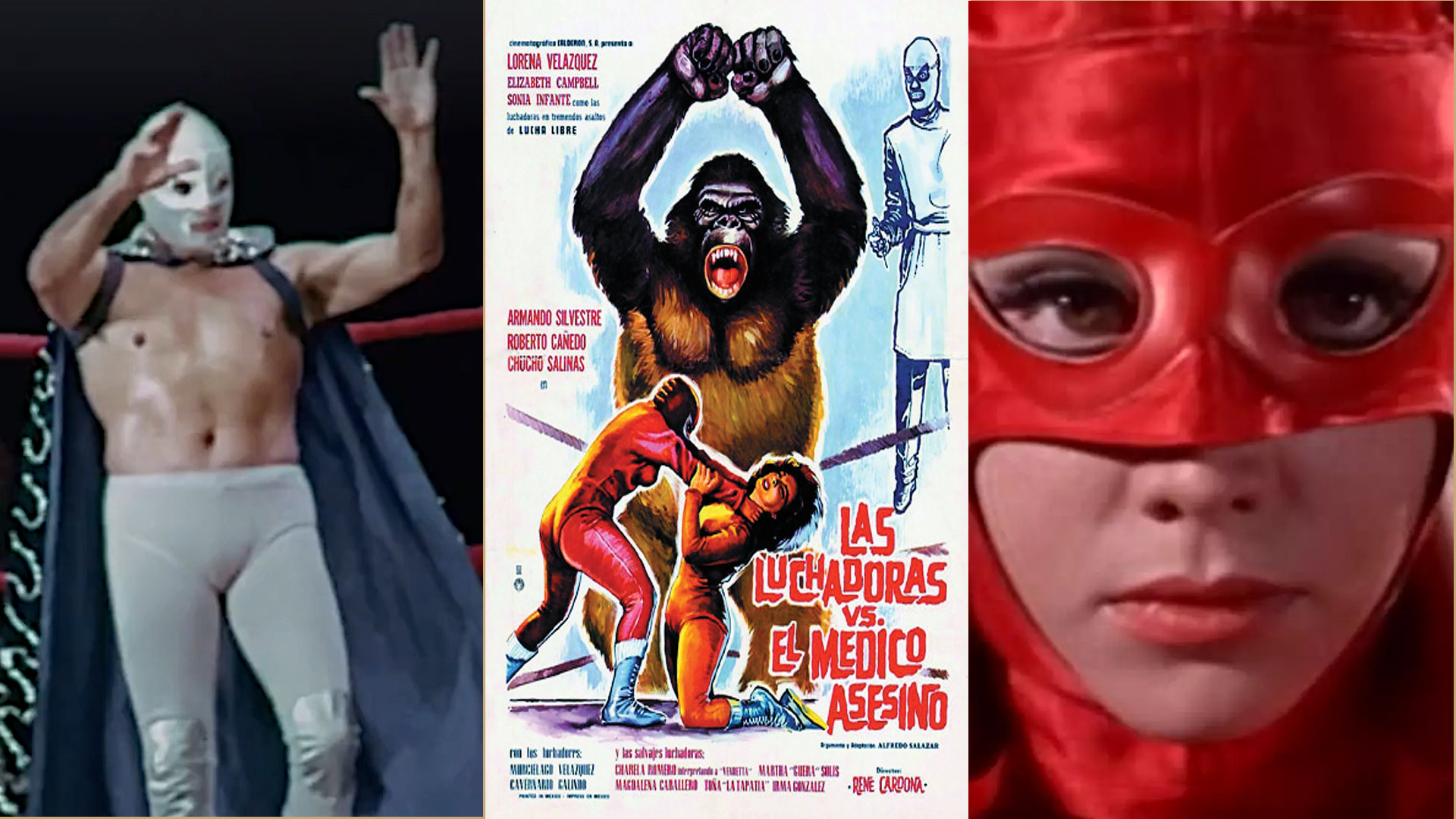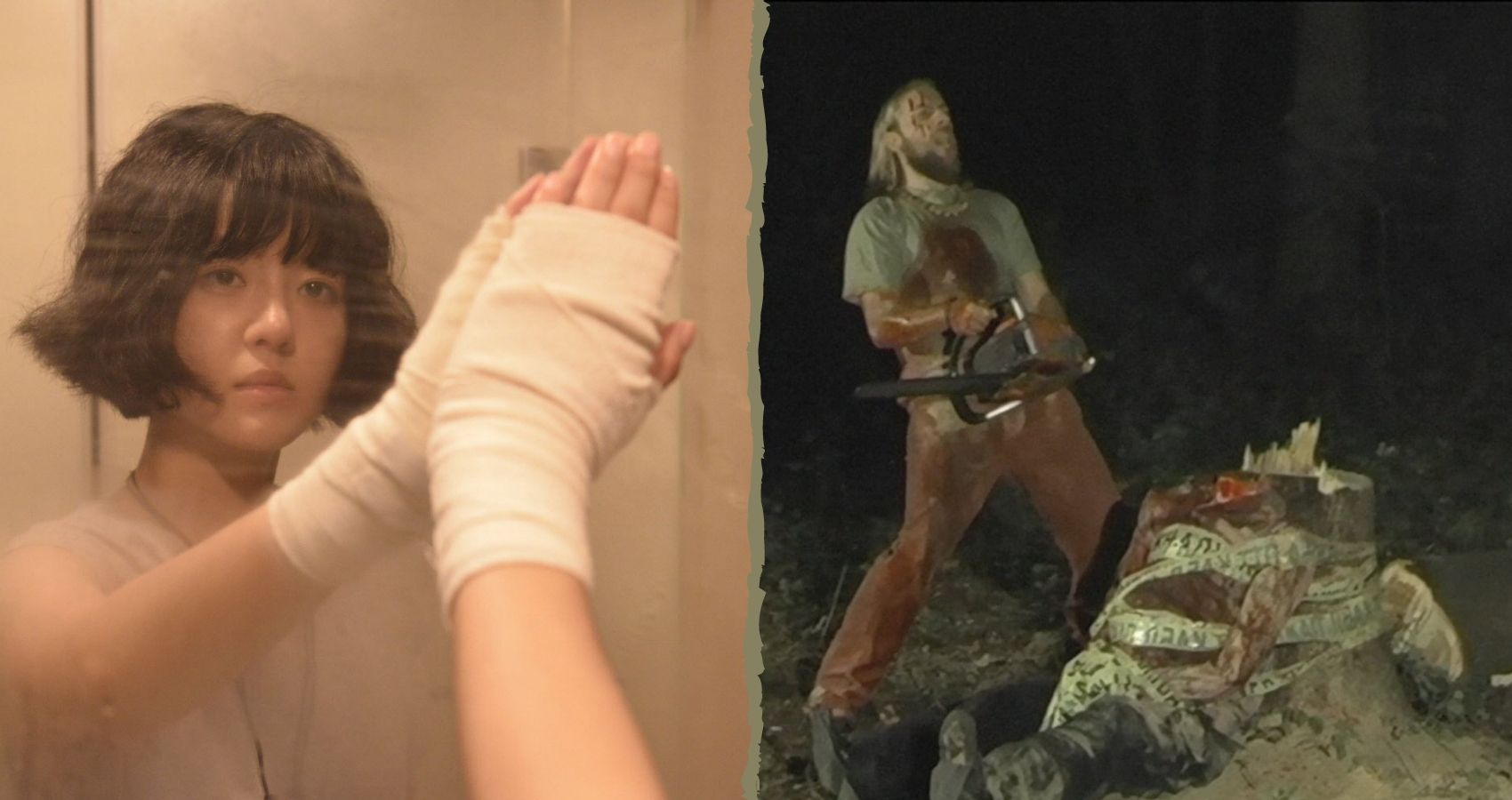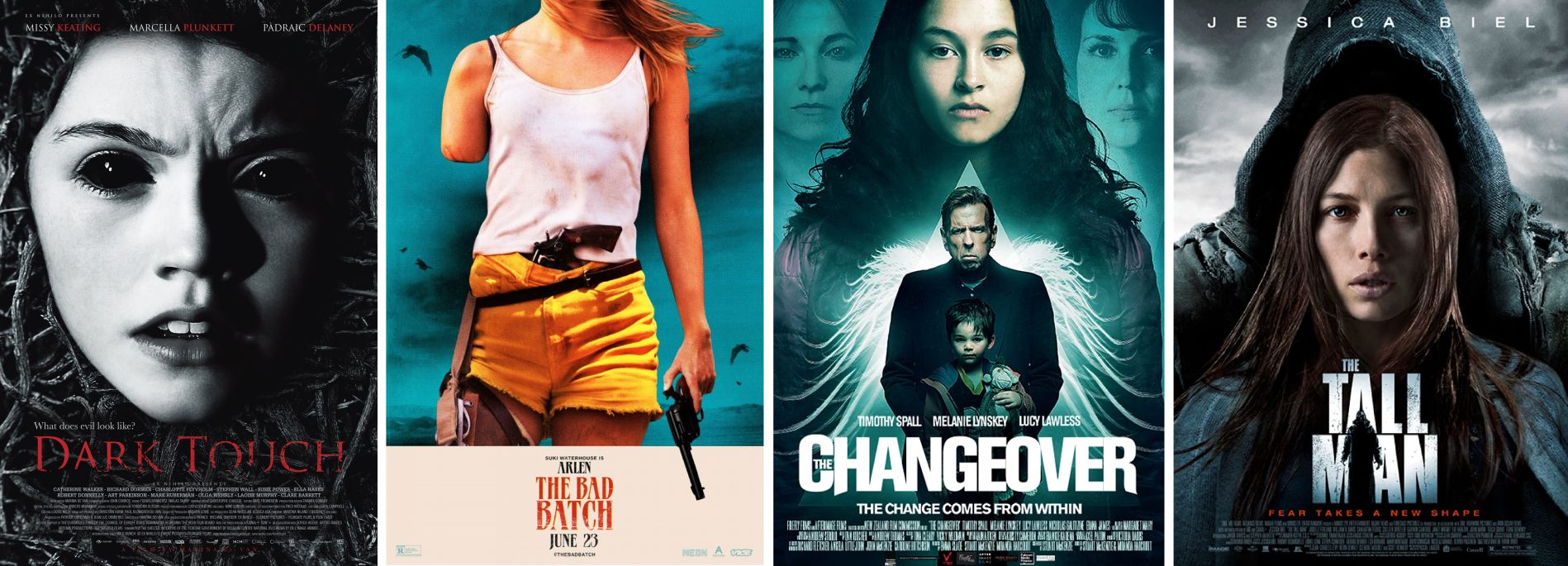
With the sometimes crazy amount of horror movies that get released on both VOD and streaming, it’s really easy to miss out on some great titles even if you stay up to date with news and upcoming releases. Here at the Grimoire of Horror, we’ve compiled a list of six underrated horror films from the past decade for you to enjoy: films that somehow slipped through the cracks – unclassifiable, underrated, or just easily misunderstood. From The Tall Man to The Bad Batch, read on and maybe, in the end, you’ll agree with us that some of these films deserve a second look.
Dark Touch (2013)
In a remote Irish village, police are called to the scene of a bloody massacre, but they ignore the lone survivor’s claim that the house was responsible for the carnage that killed her parents and brother.
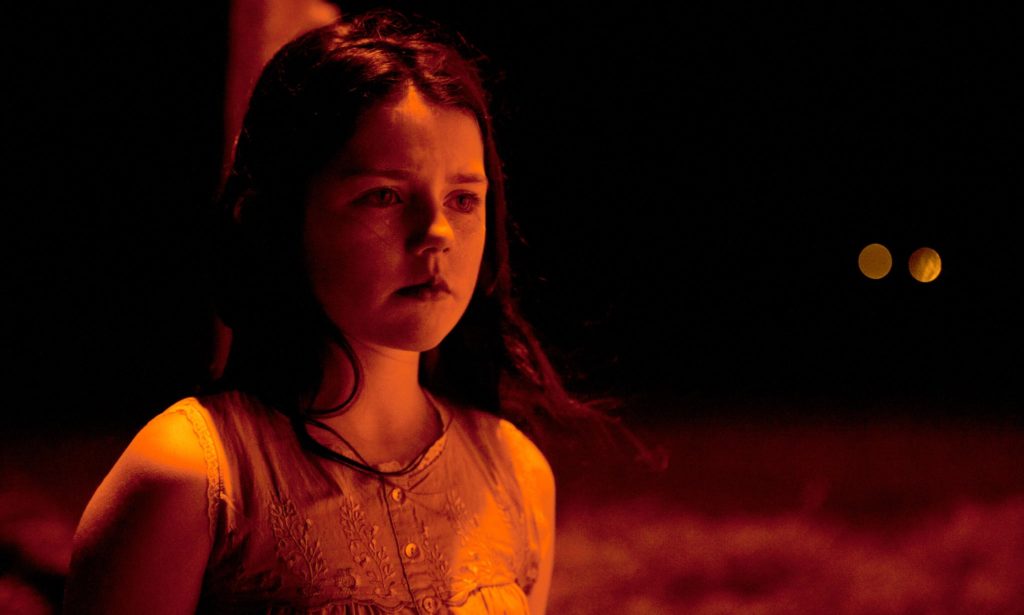
Dark Touch makes one really wonder why director Marina de Van wasn’t included in the Masters of Horror line-up: this movie, not The Babadook, might have predicted the ‘elevated horror’ wave, by focusing on a traumatized girl who becomes the target of gruesome home furniture attacks (yes, you read that right). Or is she actually the one who’s been causing them from the start? Dark Touch is, for most of its runtime, a headscratcher: Neve is a fascinating character, but is she a victim who can’t tell the difference between abuse and ‘well-meaning’ parenting? Is she a psychopath? Is she a rebel? There are powerful scenes, like adults seeing their own homes – their safe spaces – turn against them. And then there are the unforgettable scenes, those that make the movie almost look like a children’s crusade – Neve gathering all the children in one place and crossing the moral event horizon. A must-see for fans of Dario Argento, Irish horror, and coming-of-age films.
If you liked this, you can also watch: Bad Tales, School’s Out, Phenomena
The Tall Man (2012)
When her child goes missing, a mother looks to unravel the legend of the Tall Man, an entity who allegedly abducts children.
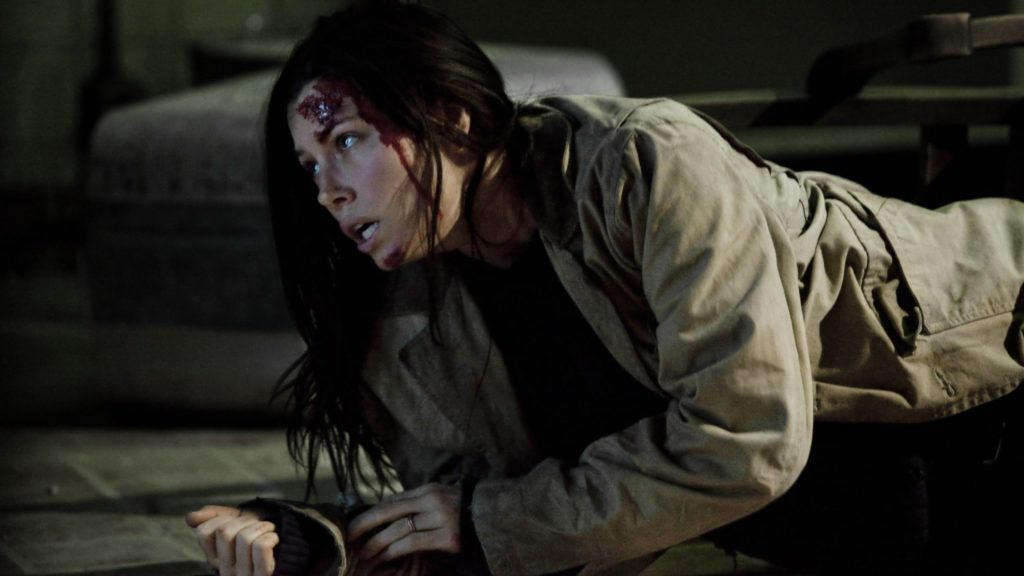
In between Martyrs and Incident In A Ghostland Pascal Laugier directed The Tall Man, leaving behind the French in the New French Extremity and instead focusing on an American dead-end town. From the synopsis one might expect a straightforward thriller in the vein of Gone, but The Tall Man is anything but that: a combination of David Fincher’s style and investigation of the human psyche, Denis Villeneuve’s ambiguity and humanity, and Laugier’s own Martyrs tried-and-tested structure. Characters pass the protagonist torch around, and the movie features one of the greatest villain reveals of the last decade. The Tall Man is another example of Laugier making a movie around a unique brand of morality. Do yourself a favor and don’t read anything about this one, as it relies heavily on confusion and ambiguity: a cinematic thriller in the truest sense of the word, with an ace script and multiple enigmas for viewers to unfold, benefitting from one of the most nuanced performances from Jessica Biel, it managed to divide both critics and fans, but – like the recent The Empty Man – it is very much the textbook example of a cult movie.
If you liked this, you can also watch: Prisoners, Gone Girl, Sharp Objects, Incident In A Ghostland
The Changeover (2017)
Laura is drawn into a supernatural battle with an ancient spirit who threatens her family.
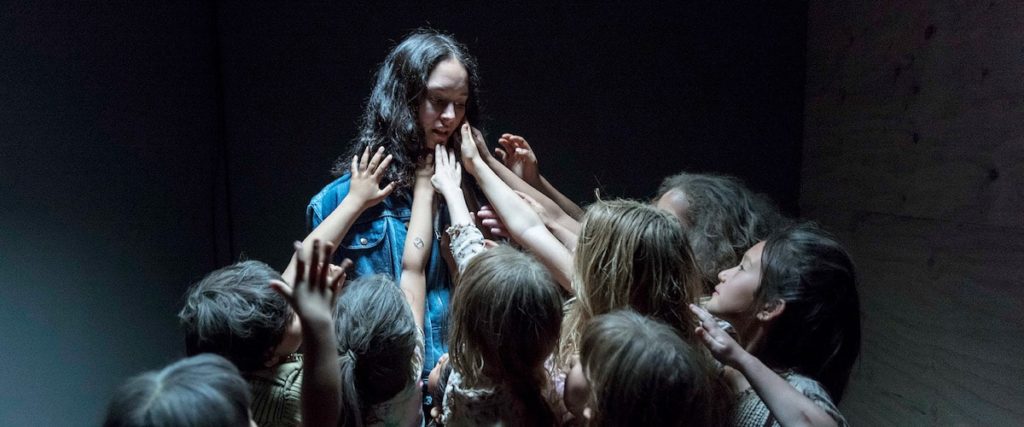
Based on the book by Margaret Mahy, The Changeover is a brilliant, dazzling mix of urban fantasy, coming-of-age story, and supernatural horror. If you like Neil Gaiman, especially his Ocean At The End Of The Lane, you simply must check this movie out. Everything feels Gaimanesque: from Laura’s narration, Carmody Braque’s introduction and the nature of his evil (how cool is that name for a villain, by the way?), to the dialogue and the themes. Everything about this movie lures you in and never lets go; there is meticulous beauty in almost every scene. Timothy Spall is everything you want in a fantasy-horror villain, and newcomer Erana James delivers a standout portrayal of a ‘Sensitive’ teenager. Her character’s transformation is one of the most unique takes on a witch coming into her own (if the recent Hellbender featured witches that can be compared to Star Wars‘s Sith Lords, this one makes witchcraft an act of dreaming and imagination). As for the soundtrack, Flume’s remix of Disclosure’s and Eliza Doolittle’s You and Me is used in the opening scene, setting the ambiance for the entire movie, which also features Fever Ray’s Keep The Streets Empty For Me, a Death and the Maiden song and Ruins by Aiya. If you need more convincing, rogerebert.com gave it a whopping 4/4 and called it ‘perfect’.
If you liked this, you can also watch: Mirrormask, Luna, Neverwhere
Family (2017)
It all began on one night, when Lily arrived at her therapist’s house asking for an emergency session. She wants to explain why she killed her family.
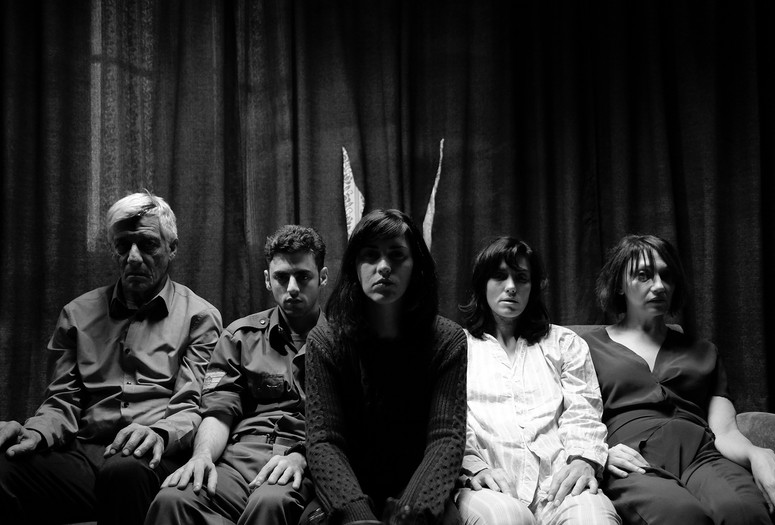
Family is perhaps the most underrated horror movie to come out of the recent ‘new wave’ of trauma-driven horror. It’s a mix of Ari Aster, early Sion Sono, and Will Sharpe’s Flowers; but unlike Hereditary, Relic, The Monster, and all other films that needed inhuman monsters to get at the heart of trauma, Family focuses on familial relations so toxic that they mutate and leave only madness and evil. The monsters in here are 100% human. Veronica Kedar, one of Israel’s filmmakers whose work defies categorization, truly dissects the family unit and makes the ‘cracks’ seem universal: the movie turns from nauseating to poetic at the flick of a wrist, with pitch-black humor injected throughout and two brilliant musical moments. There is no family curse here, but all the eccentricities (and that ending scene) might recall Gabriel Garcia Marquez’s One Hundred Years Of Solitude. Some of the words will punch you in the heart (‘Dig and bury what you need/ I’m just a bag of blood and greed‘), while other might cause belly-laughs (such as when Lily is asked ‘Will you miss them for ten minutes?’ and replies ‘Well, there’s four of them. So, forty.’). The combination of back-and-forth dialogue with purely ‘cool’ imagery (the standoff between Lily and Adam), as well as her political digs make Veronica Kedar a trailblazer.
There’s nothing quite like this movie, but if you liked it, you can also watch: Rabies, Flowers, Black Pond
Knives and Skin (2019)
A mystical teen noir that follows a young girl’s disappearance in the rural Midwest and its effect on teens and parents.
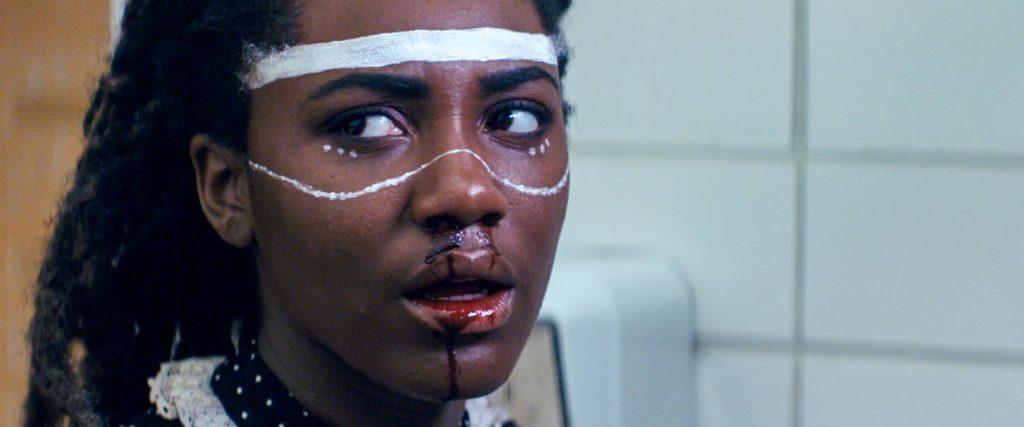
Knives and Skin is one the most heart-wrenching, darkly funny, and rambling visual poems of the last decade, channeling Zia Anger’s I Remember Nothing, Factory 25’s Ham On Rye and Caryn Waechter’s The Sisterhood of Night; Jennifer Reeder’s movie is a magical-realist, new-wave horror, feminist manifesto and musical, heavily relying on dramatic monologue, metaphor, misdirection, and anticlimax. It knows where you think a scene will go and does its best to play with and subvert your expectations. Some of the dialogue is immensely quotable:
“You’re a scrappy b**ch. You remind me of myself. That’s a cliché. I hate clichés more than I hate a careless lover. You should not underestimate the importance of cunnilingus. This will not kill you. It will come pretty close.”
“Don’t jump! You’ll make a mess, and it’s already a mess down here – unless you jump head-first, like a swan dive!”
All the characters use coping mechanisms and surreal survival strategies in order to deal with the disappearance of one of their peers. In one scene the girls sing aloud, but they each start whispering how they feel about the one who disappeared, their thoughts revealed in small, pink subtitles. A sonnet reading in a classroom turns into an iconic moment, and there’s even a singing corpse. Knives and Skin has been compared to David Lynch’s Twin Peaks, but it’s more closer to the vagueness of David Raboy’s The Giant.
If you liked this, you can also watch: The Giant, Kill Me Please, There’s Someone Inside Your House
The Bad Batch (2016)
In a desert dystopia, a young woman is kidnapped by cannibals.

You might not be able to finish The Bad Batch on your first try – as its rambling, hallucinatory nature doesn’t make for the best storytelling – but Ana Lily Amirpour’s second feature might simply be the most bafflingly misunderstood political film of our times (Amirpour was accused of racism, of all things, after making a movie which condemns racism). At times it seems that Amirpour wanted to tell a story about the people who end up on the other side of the fence of the American Dream, and also make a deconstruction of the modern exploitation movie: especially the tendency towards female amputation and mutilation as empowerment.
The Bad Batch is merciless in its attitude towards the main character. It can be summed up as: ignorant, entitled, hateful white girl gets labeled ‘bad’ by society, loses limbs, becomes vengeful for a while (but not too vengeful), takes drugs, gets confronted with the ‘bad guy’ who is actually just trying to survive, becomes less racist, and ultimately ends up being a force for good. Arlen’s loss of limbs is painfully real, but also carries symbolic weight: it can be seen as her hate towards outsiders being eaten away – not all of it : she herself has to make the effort, in the end, to become a better person. The movie juxtaposes the Miami Man – the mythical evil the protagonist should ultimately confront in a different kind of movie, here just an ejected immigrant having to resort to cannibalism in order to survive – with the Dream Man, the ’embodiment’ of the American Dream: a smarmy cult leader who impregnates women and is delighted by the fact that his waste goes to a place where it’s forgotten.
You begin to to root for Arlen, and her quest of discovering herself, as well as she can in some extreme conditions. When she asks the Miami Man what his number is, you can tell that she’s happy to defined by her number, but he refuses to share his: he is a complete person, with strong roots. Arlen lets out one last echo of her festering hatred, saying ‘I hate all of you’ after initially having asked him if he was Mexican, but she goes searching for his missing daughter nonetheless. Amirpour criticizes white privilege and the war on drugs, and perhaps the movie is too simplistic and too complex at the same time, certainly not perfect by any chance – it’s a bit like a Thomas Pynchon book. However, it is also one of the most underlooked and underappreciated films of our generation.
If you liked this, you can also watch: Spare Parts, Planet Terror, Miranda Veil
*
That’s it for our list! Do you have examples of horror films that slipped through the cracks? Do share them and make sure they get the exposure they deserve!
More Lists
Cinema certainly has the power to entertain, provoke, and, at times, deeply unsettle its audience. While horror films often rely on cheap jump scares and spooky supernatural threats to achieve… With the year drawing ever closer to its conclusion, we cast our mind’s eyes back on the monumental releases over the past 12 months. Join us at Grimoire of Horror… Everything goes in the world of luchador films! Luchador film is a popular genre based on the characters of Mexico’s thriving professional wrestling circuit. Lucha libre (named after the wrestling… The generally agreed definition of a snuff film is a real (not staged) filmed murder. In some cases, it is viewed for arousal. However, this is somewhat incorrect, as by… Few things in life are as galvanizing as a truly remarkable film poster. Before one ever steps foot into the theater, before the flickering wizardry of the limelight takes hold… As an aficionado of the dark side of cinema, I am constantly seeking out new films. While on my journey I come across lists featuring the worlds most extreme and…10 Disturbing Films – How Much Can You Handle?
Grimoire of Horror’s Top Films of 2023
Los Luchadores y Las Luchadoras – Everything Goes in The World of Luchador Films!
Top 15 Pseudo-Snuff Films – Diamonds In The Snuff
[April Fools] Top 10 Best Film Posters in Cinema – Prints Charming
10 Extreme & Disturbing Films You Probably Have Not Seen


